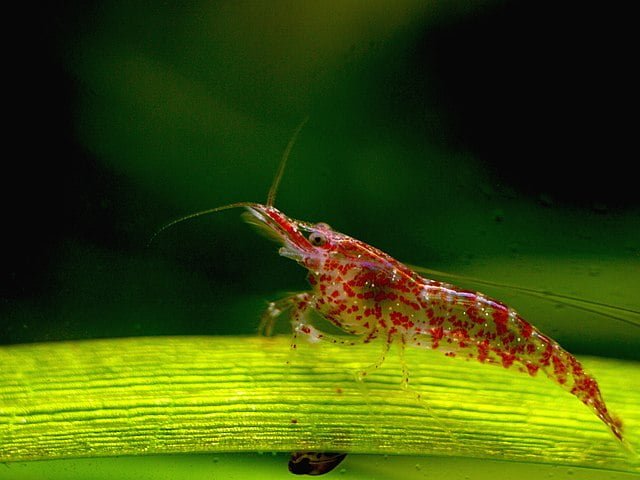Rome, Italy.- The study (workshop presentations, proceedings, GHG tool and recommendations) was carried out to improve FCR and asses its impact on reducing GHG emissions in Aquaculture. Three major objectives of this study was to assess the current GHG contributions of aquaculture and ways to measure it, ii) explore the potential to continue reducing FCR in salmon farming and other species, and therefore improving their environmental performance including GHG and iii) explore potential transfer of feed and feeding technologies and lessons learn from salmon farming to other freshwater species such as tilapia, carps and catfishes and marine shrimp. The findings of this study identified several factors that affect FCRs, particularly in species farmed in developing countries, which could be targeted with programs that ultimately would reduce GHG and other emissions. The study concluded that managing environmental aspects, simplifying farm management, and improving feed management, would improve FCRs and reduce GHG emissions.
Abstract
This document presents in Section A the narrative report of the outcomes from an FAO/GSI (Global Salmon Initiative) Joint Workshop on “Reducing Feed Conversion Ratios in the Global Aquaculture to reduce carbon and other footprints and increase efficiency” including conclusion and recommendations. Section B provides summaries of the technical presentations given at the workshop. Section C provides a link to a compendium of the workshop PowerPoint presentations that was presented in the workshop (available online) and Section D summarizes FAO’s spreadsheet-based (Excel™) tool for quantifying greenhouse gas emissions arising from aquaculture, with a weblink to be able to download the application. The FAO/GSI Joint Workshop was held in Liberia, Costa Rica from 9 to 11th November 2015. The meeting, convened by FAO and hosted by Biomar on behalf of GSI with the support of Aquacorporación Costa Rica, was attended by international experts from Asia, Africa, Europe, North America and South America, representing global areas where carp, catfish, tilapia, marine shrimp and salmon farming are undertaken. The meeting was organized with three major objectives: i) assess the current GHG contributions of aquaculture (specifically related to feeds and feeding) and ways to measure it; ii) explore concerted actions to reduce FCR in the global aquaculture industry and; iii) explore potential transfer of feed and feeding technologies and lessons learn from salmon farming to other species such as carps, catfishes, tilapia and marine shrimps.
The workshop convened in both plenary and a working group. Presentations given at the workshop included reviews, research and case studies on factors
affecting FCR and GHG, as well as an introduction to the FAO’s tool for quantifying GHG from aquaculture. Group discussions and deliberations identified several factors that impact FCRs, particularly in species farmed in developing countries, which could be targeted through programs that would improve sustainability and ultimately reduce GHG and other emissions. In the final plenary session, the participants concluded that critical components in managing environmental control will impact FCRs and GHG emissions, including i) maximizing oxygen levels in rearing for tropical species such as carps, catfishes, tilapia and marine shrimps; ii) use of technologies to simplify farm management through improved farm monitoring systems; iii) better control and reduction of mortality and unregistered losses; and iv) provision of adequate and economically acceptable diets and good feed management. A set of recommendations was developed to overcome constraints that will guide the FAO Fisheries and Aquaculture Department Aquaculture Branch (FIAA)’s future work in this area.
Reference (open):
Hasan, M.R. & Soto, S. 2017. Improving feed conversion ratio and its impact on reducing greenhouse gas emissions in aquaculture. FAO Non-Serial
Publication. Rome, FAO. 33 pp.
http://www.fao.org/documents/card/en/c/83b8df36-bfaf-4d63-ac0a-0982bb6ebbf7/
FAO/GSI Workshop on “Reducing feed conversion ratios in the global aquaculture to reduce carbon and other footprints and increase efficiency”, 9 – 11 November 2015, Liberia, Costa Rica
http://www.fao.org/fileadmin/user_upload/affris/docs/FAO-GSI_Joint_Workshop_Presentations.pdf
Editor at the digital magazine AquaHoy. He holds a degree in Aquaculture Biology from the National University of Santa (UNS) and a Master’s degree in Science and Innovation Management from the Polytechnic University of Valencia, with postgraduate diplomas in Business Innovation and Innovation Management. He possesses extensive experience in the aquaculture and fisheries sector, having led the Fisheries Innovation Unit of the National Program for Innovation in Fisheries and Aquaculture (PNIPA). He has served as a senior consultant in technology watch, an innovation project formulator and advisor, and a lecturer at UNS. He is a member of the Peruvian College of Biologists and was recognized by the World Aquaculture Society (WAS) in 2016 for his contribution to aquaculture.
Stay Always Informed
Join our communities to instantly receive the most important news, reports, and analysis from the aquaculture industry.




